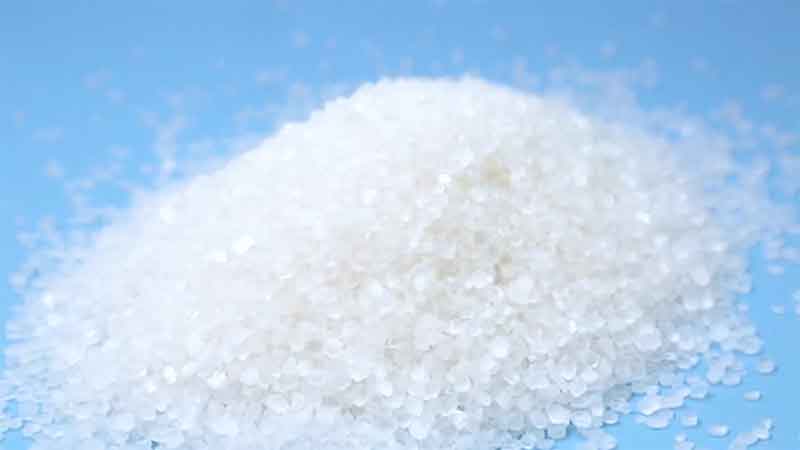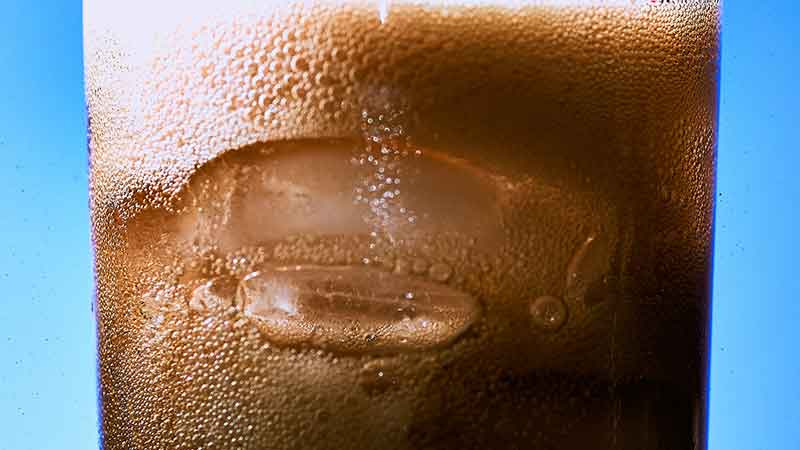Saccharin: Science and Choices
People accidentally discovered saccharin nearly 150 years ago. Since then, it has become a substitute for sugar and is used to sweeten foods and beverages.
Several animal studies dating back decades linked saccharin to possible health problems, leading to a decline in the substance’s popularity. However, later studies in humans did not confirm a link to cancer.
What is saccharin?
Saccharin is a non-nutritive or artificial sweetener. It was first discovered accidentally in 1879. It’s made in a laboratory by oxidizing the chemicals o-toluenesulfonamide, or phthalic anhydride. It looks like a white crystalline powder.

Saccharin is often used as a sugar substitute because it contains no calories or carbohydrates. Humans cannot break down saccharin, so it leaves your body unchanged. Its use became common during World War I due to sugar shortages. In the 1960s, marketers promoted it as a weight loss product. Diabetics can also choose saccharin as a sugar substitute. Because it is 300-500 times sweeter than regular sugar, they only need a very small amount of sugar to sweeten their food.
However, it may have an unpleasant bitter aftertaste. That’s why saccharin is often combined with other low- or zero-calorie sweeteners.
For example, saccharin is sometimes mixed with aspartame, another low-calorie sweetener commonly found in carbonated diet drinks.
Food manufacturers often use saccharin because it is fairly stable and has a long shelf life. It is safe to eat even after years of storage. In addition to carbonated diet drinks, saccharin is used to sweeten low-calorie candies, jams, jellies and cookies. It is also used in many medicines.
What is the application of saccharin?
The main use of saccharin is as a non-caloric sweetener. It is found in a wide variety of diet foods and beverages. It is also used as a table sweetener. Manufacturers may use it in combination with other sweeteners, such as aspartame, to eliminate its bitter taste.
The U.S. Food and Drug Administration (FDA) authorizes saccharin to be used as a sweetener in the following items
- Beverages, juice drinks, beverage bases or mixtures
- As a sugar substitute for cooking or table use
- In processed foods
They also authorize saccharin for industrial use, including
- Flavor Enhanced Chewable Vitamins and Minerals
- Preserves the taste and physical properties of chewing gum
- Improve the taste of ingredients in baked products

Saccharin is often used in baked goods, jams, jellies, chewing gum, canned fruit, candies, dessert toppings, and salad dressings.
It can also be found in cosmetics, including toothpaste and mouthwash. Additionally, it is a common ingredient in pharmaceuticals, vitamins, and medications.
In the European Union, saccharin added to food or drink can be identified as E954 on nutrition labels.
Pros and Cons of Sodium Saccharin.
Does it have any negative effects?
Currently, the U.S. Food and Drug Administration, the World Health Organization (WHO), and the European Food Safety Authority (EFSA) agree that saccharin poses no risk and is safe for human consumption. According to the FDA, the acceptable daily intake of saccharin is 15 mg per kilogram of body weightTrusted Source.
Replacing sugar with saccharin may help reduce the risk of tooth decay.
Sugar is a major cause of tooth decay. However, unlike sugar, artificial sweeteners like saccharin are not fermented into acid by the bacteria in your mouth. Therefore, using a low-calorie sweetener instead of sugar can reduce your risk of tooth decay. This is why it is often used as a sugar substitute in medicines.

It is important to know that foods and beverages containing artificial sweeteners may still contain other ingredients that cause dental caries. These ingredients include certain acids in carbonated beverages and naturally occurring sugars in fruit juices.
RECENT POSTS
ANY QUESTIONS?
Thank you very much for visiting our website. If you have any further questions or requests, please do not hesitate to contact us.
Send us an e-mail and you will receive an answer shortly.
